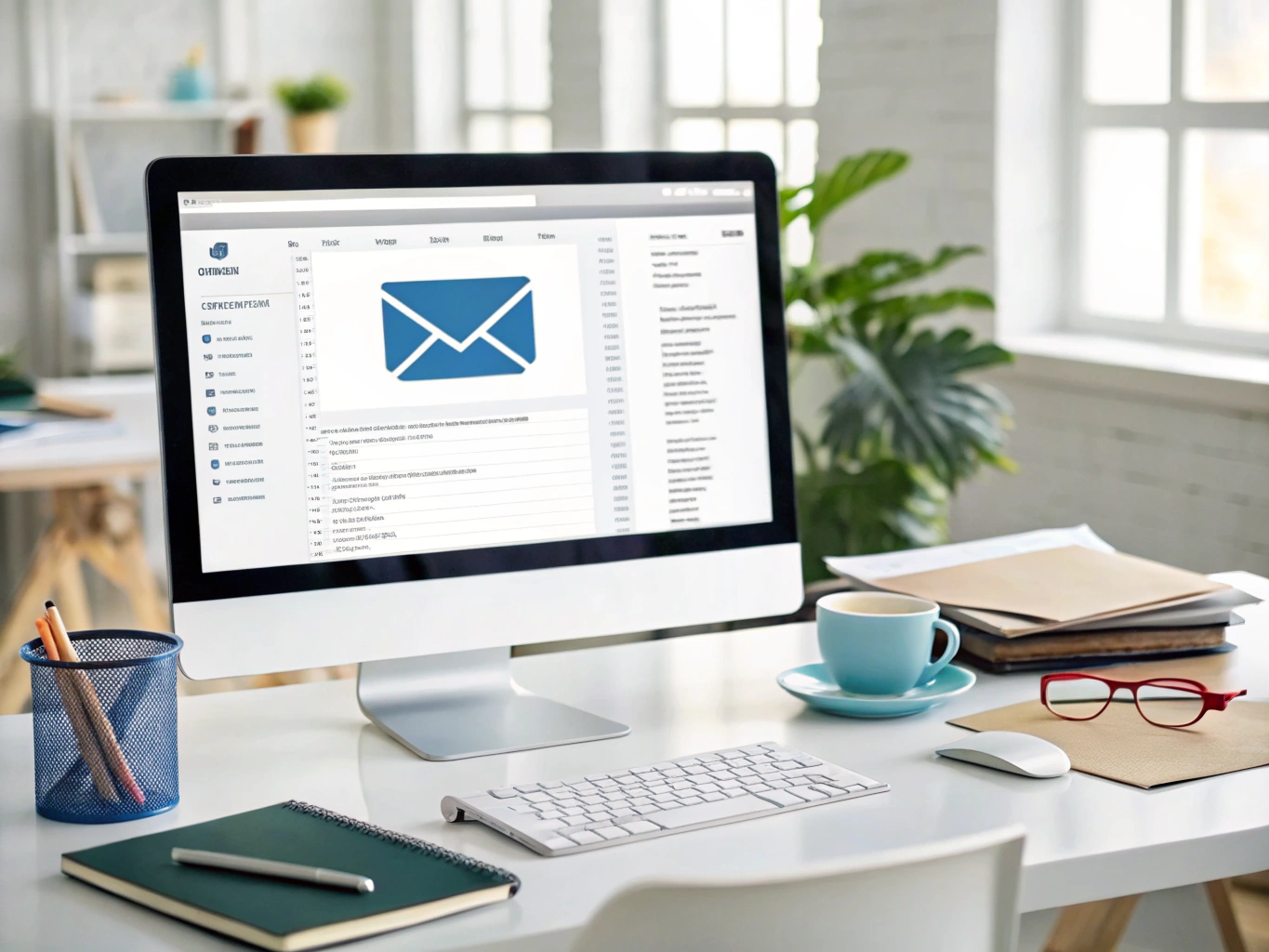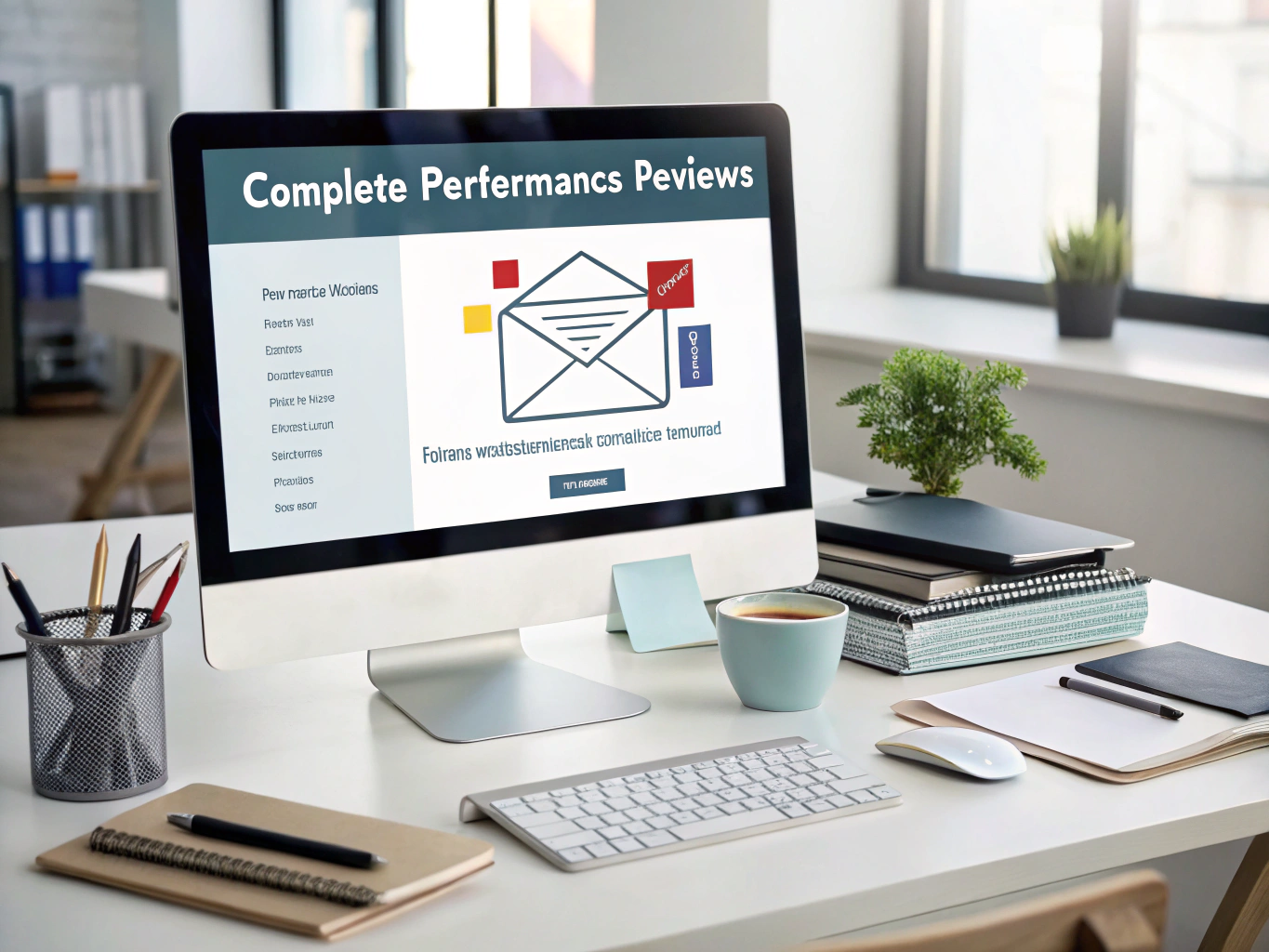This email template is designed for HR professionals and recruiters who are looking to connect with external recruiters regarding their clients’ open roles. It is particularly useful when you have recently concluded discussions about several open positions and want to reach out to potential partners who can assist in sourcing high-quality candidates efficiently.
Template Email
Email subject line: Let’s Collaborate on Your Hiring Needs
Hi [NAME],
I hope this message finds you well! My name is [YOUR NAME], and I’m with [NAME OF COMPANY]. We are a [COMPANY DESCRIPTION] based in [LOCATION], specializing in [ADD SPECIALTY].
I’ve noticed that you currently have some open positions within your organization, and I wanted to reach out to see if we could collaborate on filling these roles. Our firm has a robust talent pool of qualified candidates, and I believe we can provide you with some excellent options.
Recently, I connected with several talented individuals who may align perfectly with your needs. If you’re interested, I can curate a selection of 3-4 vetted candidates and have their profiles sent to you within the next week.
Would you be open to scheduling a call in the coming days to discuss how we can assist you in your hiring process?
Looking forward to your response!
Sincerely,
[SENDER NAME]
[YOUR TITLE]
[YOUR COMPANY]
[YOUR CONTACT INFORMATION]
Why does it matter?
Outreach emails to external recruiters can significantly enhance your hiring efforts. These professionals have access to a vast pool of candidates and can expedite the recruitment process. By collaborating with them, you can tap into a network of high-quality candidates who may not be actively applying to your roles. This strategic partnership not only saves time but also increases the chances of finding the perfect fit for your organization.
When to send?
It’s best to send this email shortly after identifying your client’s open roles, ideally within a few days. This timing enables you to reach out proactively, ensuring that you can present candidates to hiring managers before they begin receiving applications directly, thereby streamlining the recruitment process.
What to include?
- The title of the open position(s) you are referring to.
- The name of the contact person you are addressing.
- Your full name and title.
- The name of your company and a brief description.
- Your company’s location.
- Your company’s area of specialty or focus.
- A clear call-to-action for a follow-up conversation.
Best Practices
- Personalize your email to build rapport and show genuine interest in the recipient’s needs.
- Keep your email concise while providing enough detail to convey the value you bring.
- Follow up if you don’t receive a response within a week; persistence can pay off.
- Ensure your communication is professional but friendly to foster a collaborative atmosphere.
Common Mistakes to Avoid
- Sending generic emails that lack personalization – this can come off as insincere.
- Overloading the email with too much information – keep it focused on collaboration.
- Neglecting to proofread for spelling and grammar errors; professionalism matters.
- Failing to include a clear call-to-action; always prompt the recipient for next steps.




